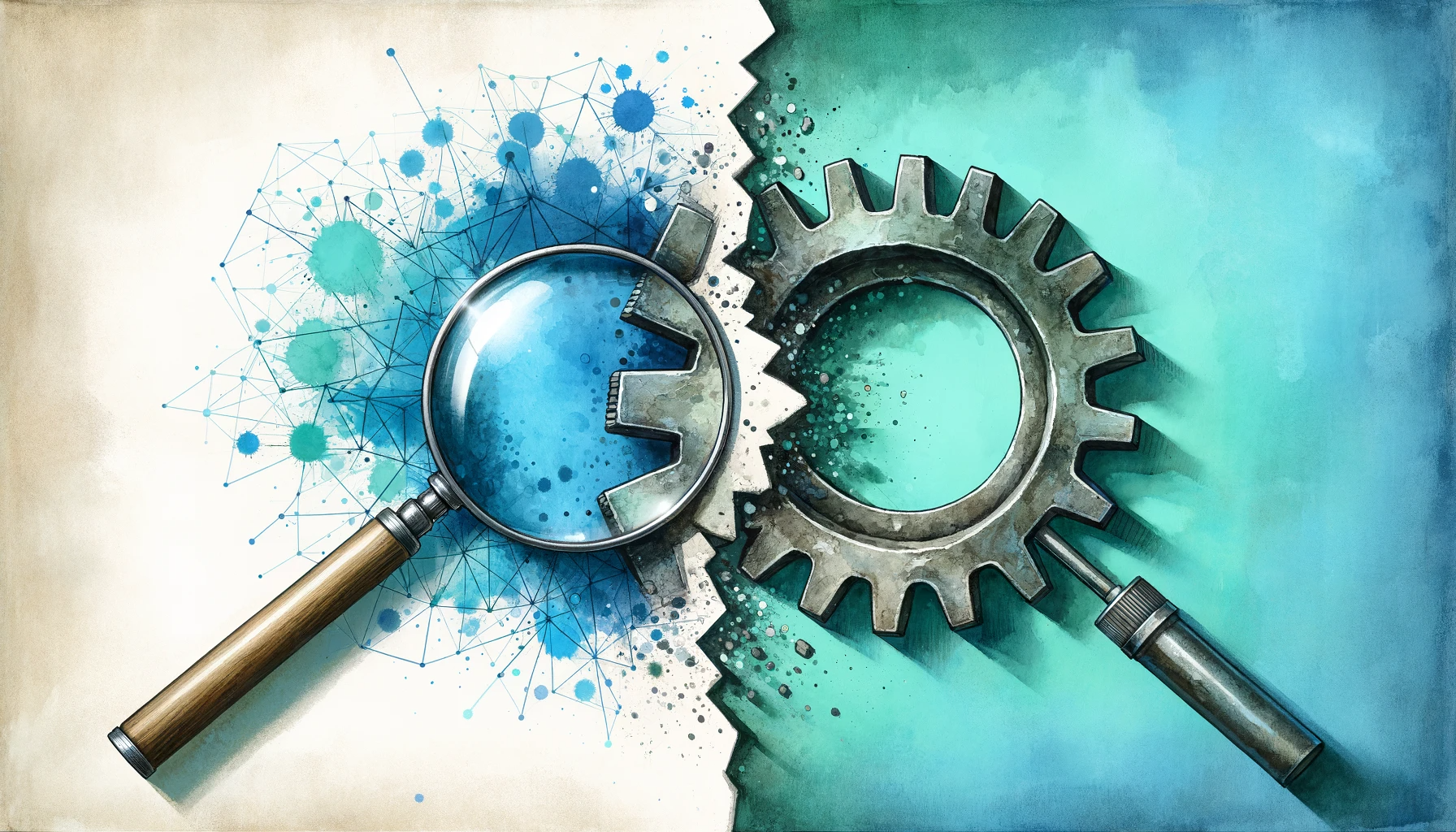
How to separate problem and solution?
You can only solve problems, that you understand. You can only understand a problem, that you investigate. And to do that, you have to have at least some hypothesis about the problem. And if you have a hypothesis for the problem, you often have a solution in mind already. This is just human nature - jumping to conclusions.
We found, that when we start working with new customers, there is a trend: It is often hard for them to separate problem and solution.
To help with this, here is a more detailed view on seperating problem and solution.
What does problem solution separation look like?
To understand a problem, you need to investigate the problem. And the problem only. There are questions like:
- What does this problem look like?
- Who has this problem?
- How do they perceive it?
- What are the implications, if it remains unfixed?
- How does the context of the problem look like?
- What solutions to the problem already exist?
You can only answer them, if you focus on them. One by one. Each of those questions is complicated to answer. So you can’t answer them all at once.
What we often see with our customers, is that they try to answer them, while thinking about their solution. This leads to mixed up answers. A typical answer might look like this:
Question: “Who has this problem?”
Answer: “Target group abc, who will love our solution, because they benefit in the following way.”
Alternative answer: “Target group xyz, but we won’t target them for some reason.”
The right answer: “abc and xyz have this problem.”
The reason why this happens, is that they replace the question in their head.
- “What does this problem look like?” becomes “Which problem are we going to solve?“.
- “Who has this problem?” becomes “Who is our target group for the product?“.
- “What solutions to the problem already exist?” becomes “Why is our solution better than the competition?”
Why is the separation of problem and solution so important?
The short answer is: It overloads your thinking. You want some clarity on how the problem looks like. If you look at everything at once, the picture is too big. We need to focus on single elements. Else you can’t truly understand the whole problem.
Imagine looking at a big picture. Your eyeballs look at small parts of the big picture in quick succession. And then your brain puzzles them together to one big picture. The whole picture is only in your head, never in your eyes. If you try to see the whole picture with your eyes at once, everything becomes blurry.
The same happens here. You try to understand every part of the whole problem. Then you take the most important elements out of it. And afterwards, you aggregate them. Once the problem is properly understood, the solution often becomes obvious.
The second thing is, that you look through a filter. If you look at the problem from the perspective of your solution, you can’t see the whole problem. You automatically filter out everything, that doesn’t seem relevant for your solution. And evidence, showing you, that your product isn’t as needed as you hoped for, will often be discarded.
But how can I do it?
Have a process. Trust the process. Follow the process. It is only natural, that you want to think about your product. That’s why you are doing the whole problem-understanding and customer research. The best way to not think about your product or service, is when you have trust in it not being forgotten. To know, that there will be a time, when you will think only about your product, helps.
This is why this happens with people doing a customer research sprint with us for the first time. They don’t know the process, which makes it hard to trust the process. But once you have seen, how it all works out, it’s easy to separate problem and solution.







